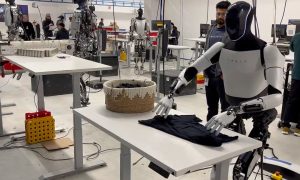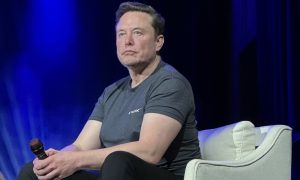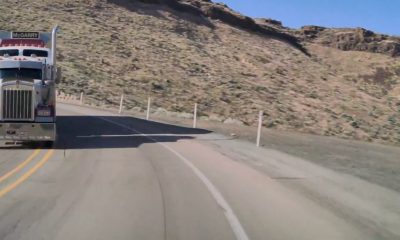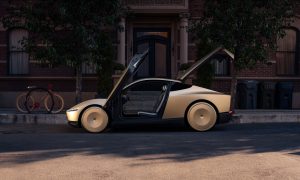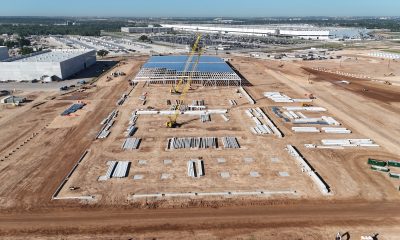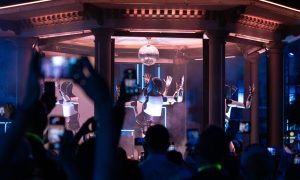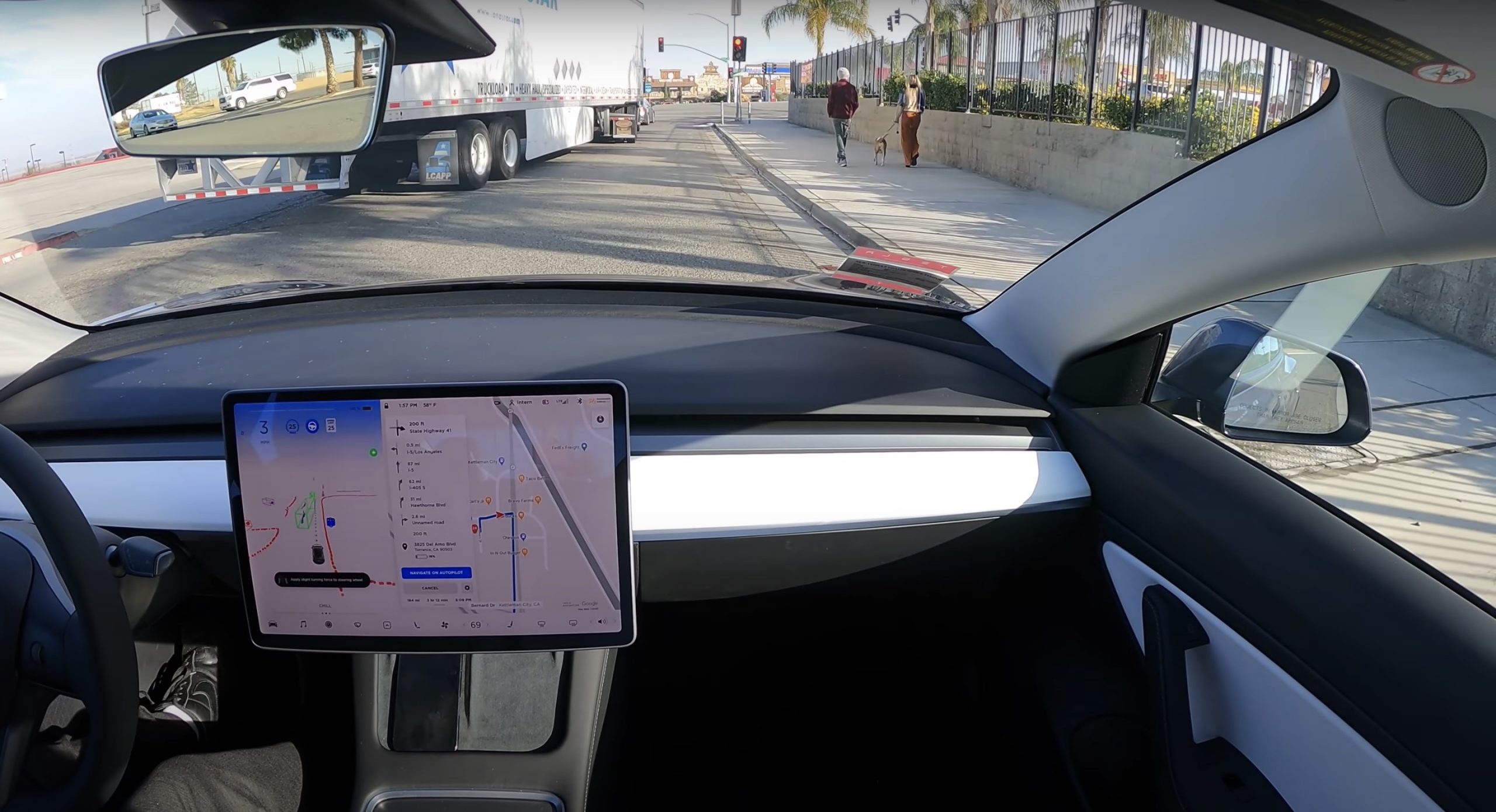

News
Tesla FSD Beta takes driver from SF to LA with no human intervention
A Tesla Model 3 with limited Full Self-Driving beta successfully traveled from San Francisco past the Los Angeles border without requiring any interventions–almost. The trip was not perfect, but the drive itself was impressive as it highlighted the potential of Elon Musk and Tesla’s camera-centric approach to full self-driving.
Tesla owner-enthusiast Whole Mars Catalog posted a time-lapse video of an FSD trip in a Model 3 Performance. Over the course of the video, viewers could see how the all-electric sedan transitioned from the FSD beta in inner-city areas to Navigate on Autopilot in freeways. The vehicle’s overall behavior was astonishing, with the Model 3 behaving almost like a human driver for a good part of the trip.
The FSD beta drive from San Francisco to Los Angeles was not perfect. As the Tesla owner remarked, FSD still exhibited some strange behavior at the Market Street area when it changed lanes. Ironically, there was also a moment after the vehicle crossed the border into Los Angeles, when the Tesla owner manually avoided some road debris for a second. The Tesla driver had to take control of the vehicle to stop at a couple of Superchargers along the way as well.
It has only been a little over two months since Tesla started to rollout its limited Full Self-Driving beta, giving its all-electric vehicles the capability to navigate inner-city streets. Since late October, FSD beta has received a number of updates and notable improvements.
From smooth, human-like U-turns and now, a trip from San Francisco to Los Angeles, Tesla’s FSD beta definitely seems to be taking solid steps towards autonomy. That’s an incredible milestone either way, especially considering that Tesla was able to accomplish it using a suite of cameras, radar, ultrasonic sensors, and some real-world driving data.
Watch the FSD beta’s trip from San Francisco to Los Angeles in the video below.
The Teslarati team would appreciate hearing from you. If you have any tips, email us at tips@teslarati.com or reach out to me at maria@teslarati.com.
Elon Musk
Tesla recruits data collection operators for Optimus bot development
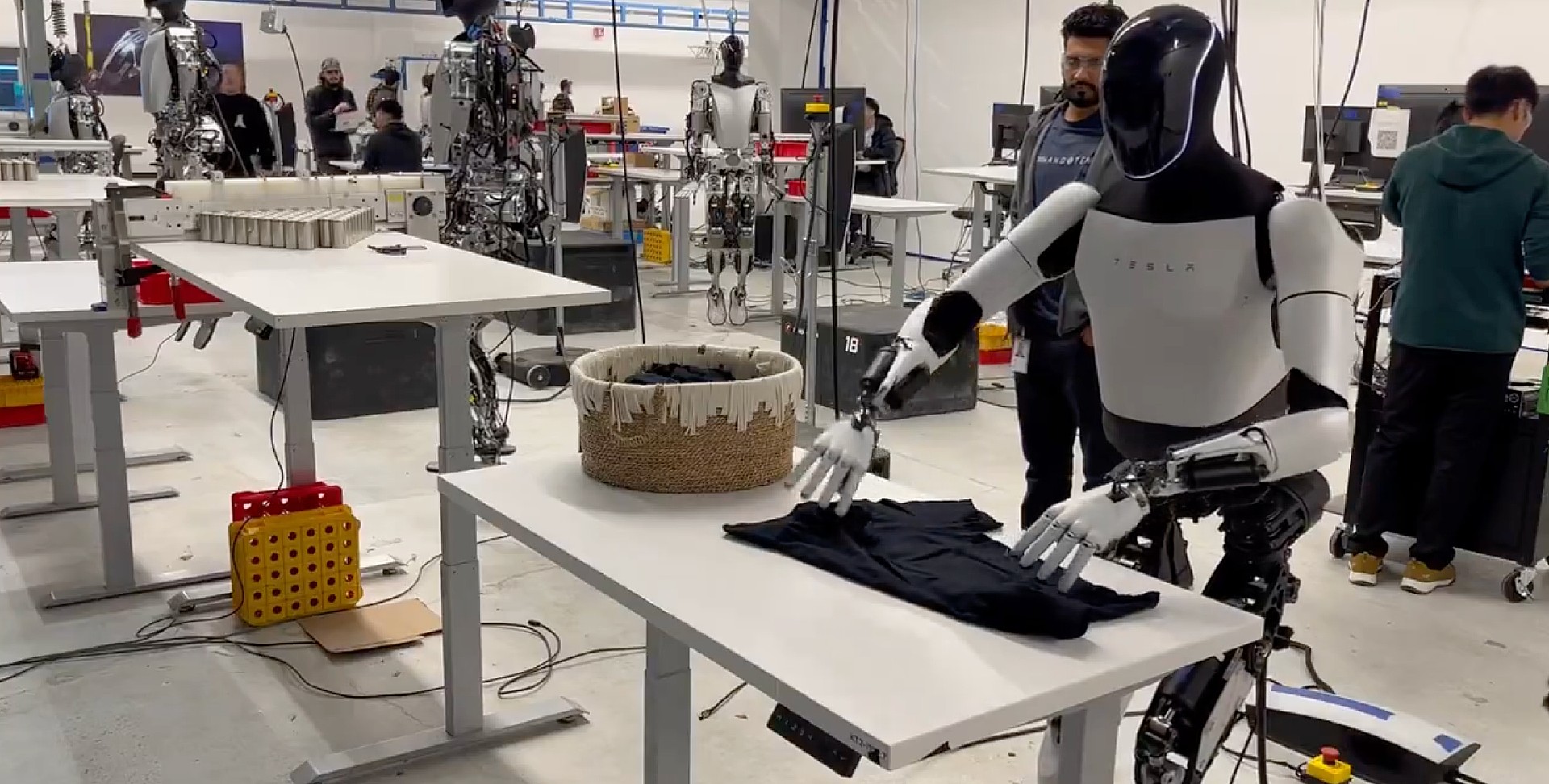
Tesla is recruiting Data Collection Operators to propel the development of its Optimus humanoid robot. The new hires will be critical in supporting Tesla’s data collection team to refine the Optimus bot.
The primary responsibilities of Data Collection Operators include gathering data, addressing engineering requests, and providing equipment feedback. Candidates must demonstrate data-driven decision-making and enthusiasm for robotics.
“We are looking for someone with enthusiasm for the field of robotics and a strong desire to contribute to the development of [the] Tesla Bot,” Tesla noted.
Available shifts for Tesla’s Data Collection Operators include 8:00 AM–4:30 PM, 4:00 PM–12:30 AM, or 12:00 AM–8:30 AM, with flexibility for overtime and weekend work.

Operators will walk pre-determined test routes daily, wearing motion capture suits and Virtual Reality headsets to perform specific movements based on project needs. Requirements include the ability to walk over seven hours daily while carrying up to 30 pounds, a height between 5’6” and 6’, and comfort with extended VR use. Candidates must also exhibit hand/eye coordination, body awareness, and the ability to travel up to 25% of the time with daily regional driving.
Elon Musk recently showcased Optimus advancements, sharing a dance video highlighting the Tesla bot’s agility and swift progress. Optimus has evolved significantly since its 2022 debut at AI Day, where semi-functional prototypes walked and moved arms. Critics initially questioned its reliance on remote control, but Tesla’s ongoing efforts are silencing doubters.
Morgan Stanley analysts project a $5 trillion market for humanoid robots by mid-century, with Tesla’s Optimus poised to capitalize in industrial and commercial applications. As Tesla pushes the boundaries of robotics, the Data Collection Operator roles underscore its commitment to innovation.
With Optimus advancing, Tesla’s recruitment reflects its strategic focus on AI and robotics. The data collected will refine the Optimus bot. Tesla Optimus could transform industries and position Tesla as a leader in the humanoid robot market, aligning with Musk’s vision for a tech-driven future.
Elon Musk
Elon Musk’s $56B pay package under review by new Tesla committee
Tesla forms a special board committee to reassess Elon Musk’s 2018 compensation. New performance-based options may be on the table for Musk.
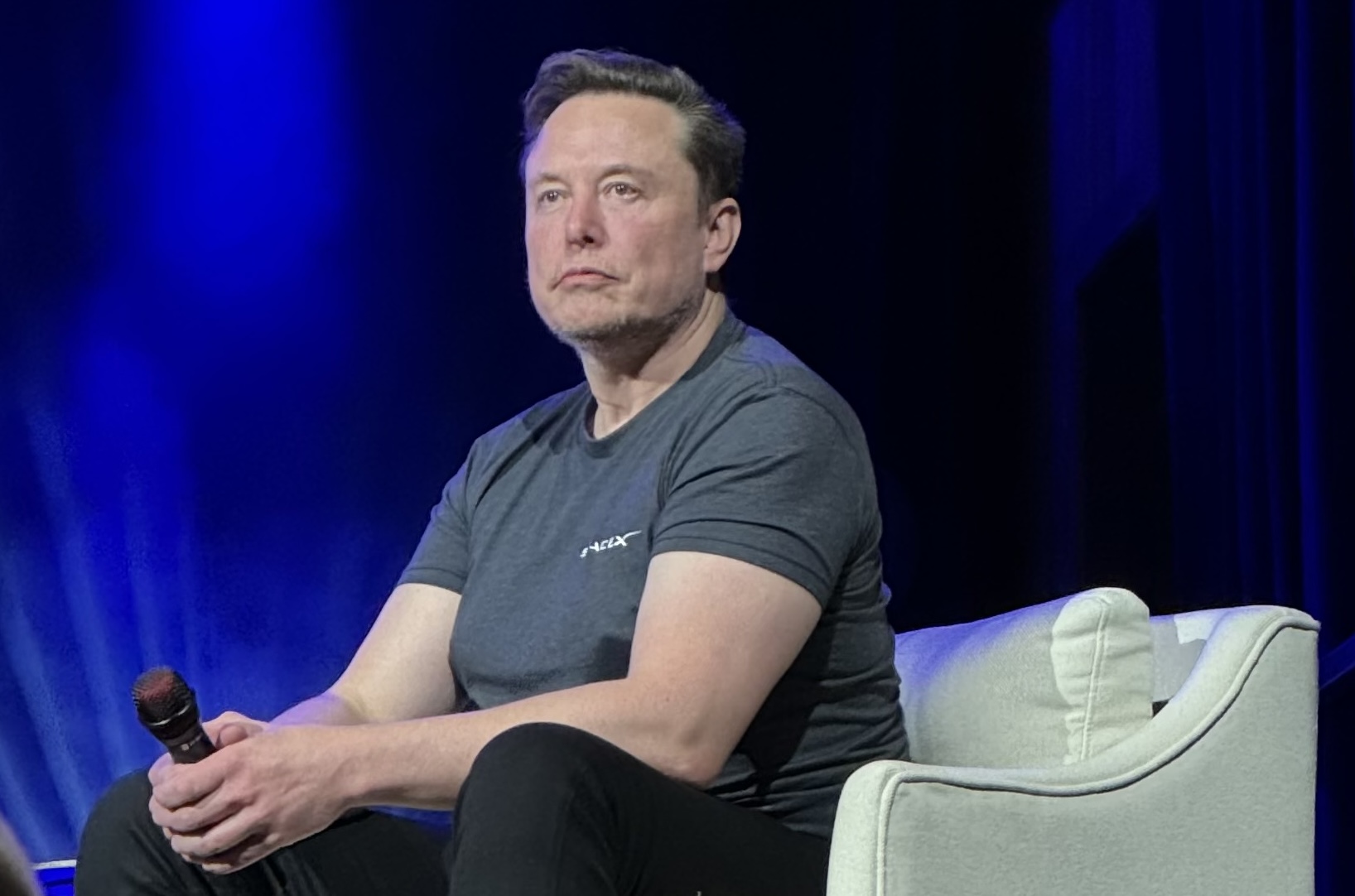
Tesla’s board has established a special committee to evaluate CEO Elon Musk’s pay package. The move comes as the company navigates a pivotal shift in its strategic direction.
According to the Financial Times, the new committee could craft a new stock options package. The committee, comprising Tesla board Chair Robyn Denholm and independent director Kathleen Wilson-Thompson, is tasked with reviewing Musk’s compensation, noted sources familiar with the matter.
The group will explore alternative compensation methods for Musk’s past contributions if the 2018 $56 billion pay package is not reinstated. Any new stock options would be tied to Tesla meeting financial, operational, and share price targets. Musk’s 2018 pay package is currently under appeal.
Last month, Tesla disclosed the formation of a special committee to address compensation matters involving Musk, though details were sparse. In March 2025, Musk appealed to restore his record-breaking $56 billion compensation, arguing that Delaware Chancery Court Judge Kathleen McCormick made “multiple legal errors” in rescinding it. The appeal began on March 11, 2025. Musk along with current and former Tesla directors are challenging McCormick’s application of the entire fairness standard in her ruling.
Tesla is at a crossroads as it pushes forward with robotaxis and humanoid robots. This shift repositions Tesla as an AI and robotics leader rather than a traditional automaker. Elon Musk is Tesla’s largest shareholder, holding a 13% stake. Earlier this month, Denholm refuted a Wall Street Journal report suggesting the board was seeking a replacement for Musk, reaffirming his central role in the company.
The committee’s review underscores Tesla’s efforts to align Musk’s compensation with its evolving goals amid legal and strategic challenges. As the appeal progresses and Tesla doubles down on AI-driven innovation, the outcome could shape the company’s leadership and market trajectory. With Musk’s vision steering Tesla toward uncharted territory, the compensation debate highlights the high stakes of balancing shareholder value with transformative ambition.
News
xAI’s AI Infrastructure Partnership gains Cisco as a key ally
Cisco joins xAI’s AIP alliance to build the infrastructure behind AI’s next era. The alliance could mobilize up to $100B for AI growth.
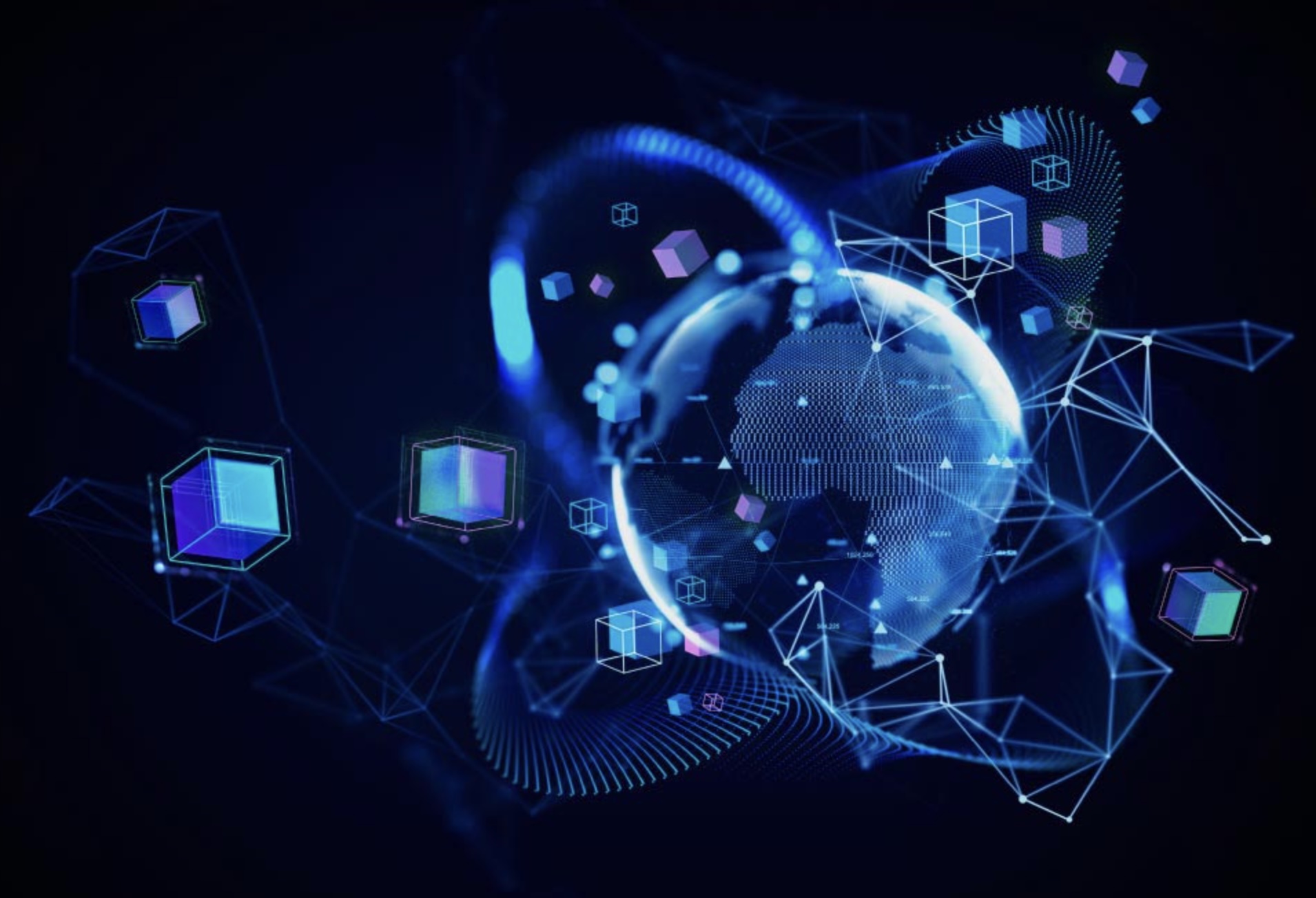
Cisco has joined the AI Infrastructure Partnership (AIP), led by xAI, BlackRock, Global Infrastructure Partners, MGX, Microsoft, and NVIDIA.
Cisco joined AIP to advance AI innovation through robust infrastructure. The collaboration underscores the growing momentum behind xAI’s mission to scale AI capabilities.
“AI is only as effective as the technology that connects and secures it. By collaborating across our industry and leveraging public and private partnerships, we intend to build the infrastructure necessary to fulfill the promise of AI as we work together to drive innovation and economic growth,” Cisco stated.
As a technology partner, Cisco joins energy collaborators GE Vernova and NextEra Energy, strengthening AIP’s platform to deliver secure, scalable infrastructure for AI workloads. AIP aims to unlock $30 billion in capital, potentially mobilizing up to $100 billion with debt financing, to support these efforts.
xAI’s partnerships have expanded significantly, with 14 technology collaborators. NVIDIA supplies critical graphic processing units (GPUs) powering xAI’s AI models, including Grok and the Colossus supercomputer. Other partners have not been fully disclosed, but likely include cloud computing or hardware providers enhancing xAI’s infrastructure.
In March 2025, xAI joined a $30 billion AI infrastructure fund with NVIDIA, Microsoft, and BlackRock, focusing on expanding U.S.-based AI resources. This consortium, backed by MGX’s investment fund, bolsters xAI’s ability to scale operations.
By April 2025, xAI partnered with Palantir Technologies and TWG Global to integrate AI models like Grok into financial services. The xAI collaboration with Palantir Technologies and TWG Global is expected to pave the way for broader adoption as more partners are expected to join.
Cisco’s entry into AIP signals a strategic push to address the infrastructure demands of AI’s rapid growth. With xAI at the helm, the partnership leverages industry leaders to ensure secure, efficient systems, positioning the U.S. as a hub for AI innovation. As collaborations expand, xAI’s vision for transformative AI solutions gains momentum, promising economic and technological advancements.
-
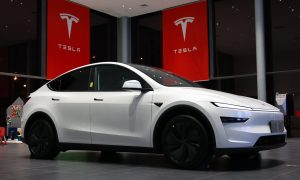
 News2 weeks ago
News2 weeks agoTesla offers legacy Model Y owners an interesting promotion
-
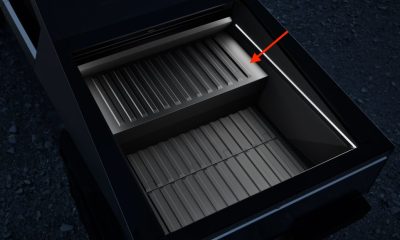
 News6 days ago
News6 days agoTesla Cybertruck Range Extender gets canceled
-
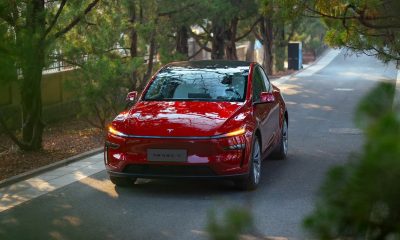
 News2 weeks ago
News2 weeks agoLike it or not, the new Tesla Model Y is a big hit in China
-
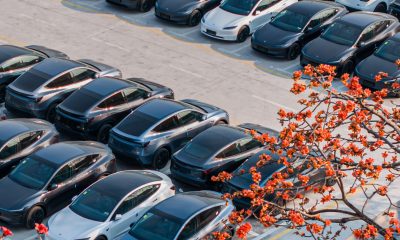
 News2 weeks ago
News2 weeks agoTesla China vehicle registrations rise 51% in April’s fourth week
-
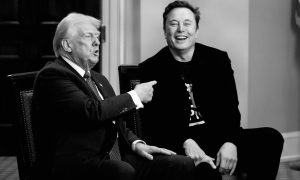
 Elon Musk2 weeks ago
Elon Musk2 weeks agoElon Musk is now a remote DOGE worker: White House Chief of Staff
-
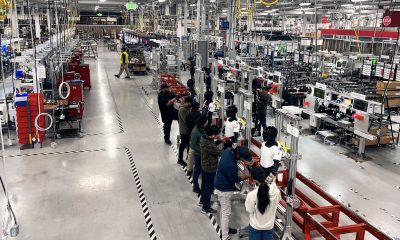
 News2 weeks ago
News2 weeks agoRobots like Tesla Optimus are a $5 trillion opportunity: analyst
-
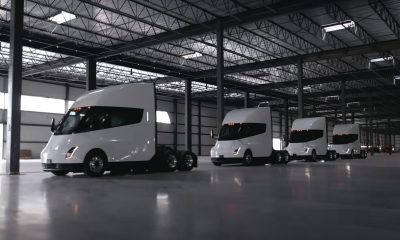
 News2 weeks ago
News2 weeks agoTesla hired over 1,000 factory workers for its Semi program in NV: report
-

 Investor's Corner2 weeks ago
Investor's Corner2 weeks agoTesla Board member and Airbnb co-founder loads up on TSLA ahead of robotaxi launch


